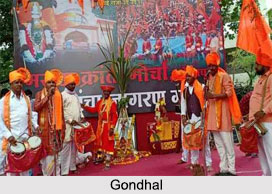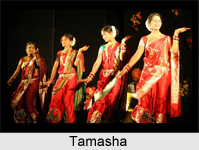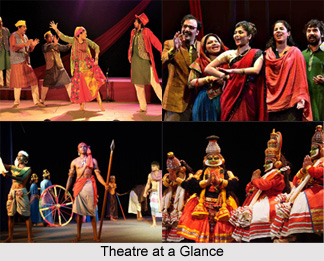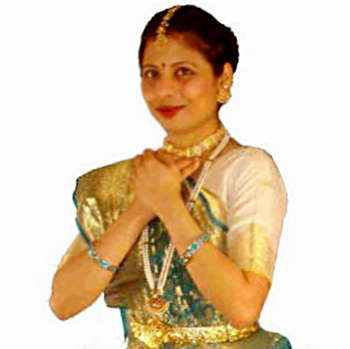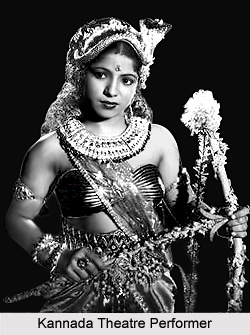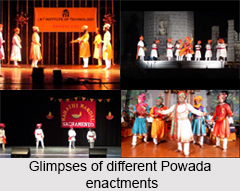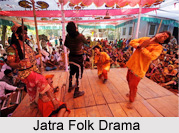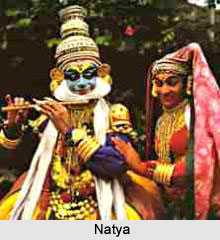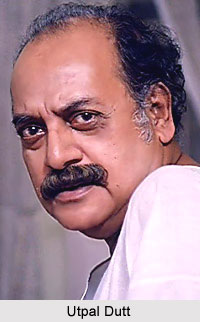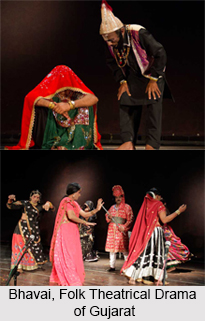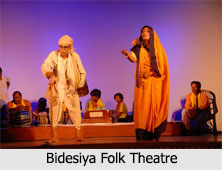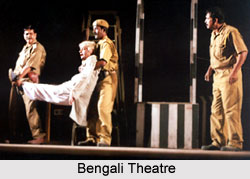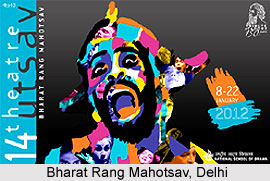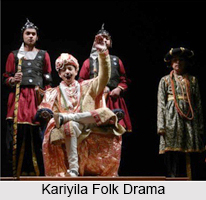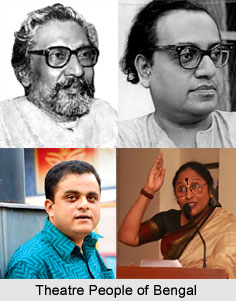Baishnab Pani was very much popular in Oriya Yatra. He was born in 1882. He reformed and modernized this powerful traditional form of Orissa. Because of him Yatra was elevated to a respectable position. Baishnab Pani was born in a poor family. Pani had little formal education. From early childhood he had to struggle for his existence, doing menial jobs here and there. Fortunately for him, the Mahant or monastic head of Kothpada in Cuttack district employed him in his theatre troupe. There he learnt the first lessons of acting, taking minor roles on stage. Yatra was then in the doldrums with very few leaders, like Jagannath Pani and Gopal Das.
Baishnab Pani was not interested in proscenium theatre because of its huge financial involvement. Hence he decided to try his hand at Yatra. But there was a dearth of scripts. Once he went to Gopal Das for a play but returned empty-handed. Then he decided to write a script himself. This first literary endeavour, Meghanad vadh or Meghanad`s Killing` in 1903 became an instant success. After that he never looked back. He composed about 150 Yatras, nineteen farces, and sixty-five anthologies of lyrics, poems, stories, and other pieces. Some of his popular Yatras can be mentioned as Dronacharya vadh or "Dronacharya`s Killing" in 1928, Karnarjun or "Karna and Arjun" in 1929, Rangasabha or "Celebration" in 1930, Daksha yajna or `Daksha`s Sacrifice` in 1932, Karnadana pariksha or `Test of Kama`s Piety` in 1951, and Bana parajay or "Bana`s Defeat" in 1953.
Baishnab Pani wrote a novel in folk style that endeared him to rural viewers. He was an Ashu kavi or instant poet. He used to improvise short lyrics or poems about day-to-day problems on demand. He was an expert musician credited with inventing over 100 ragas, suitable for situations and bhava or emotions. These were not only accepted by his contemporaries but are still played. Gradually, he changed his technique and added more prose dialogue. After serious scenes he inserted small comical episodes with a messenger, a quarrelling couple, or a grandmother and grandson, which were highly appreciated. The police harassed him many times for including nationalistic sequences and speeches, as he was a great patriot and reformist. He always tried to educate his audiences on health, schooling, and unemployment, besides making them conscious about their culture and heritage. Sonorous music, simple yet lyrical dialogue, and true pictures of rural scenes made him the darling of Yatra-goers.
Baishnab Pani died in 1956.
